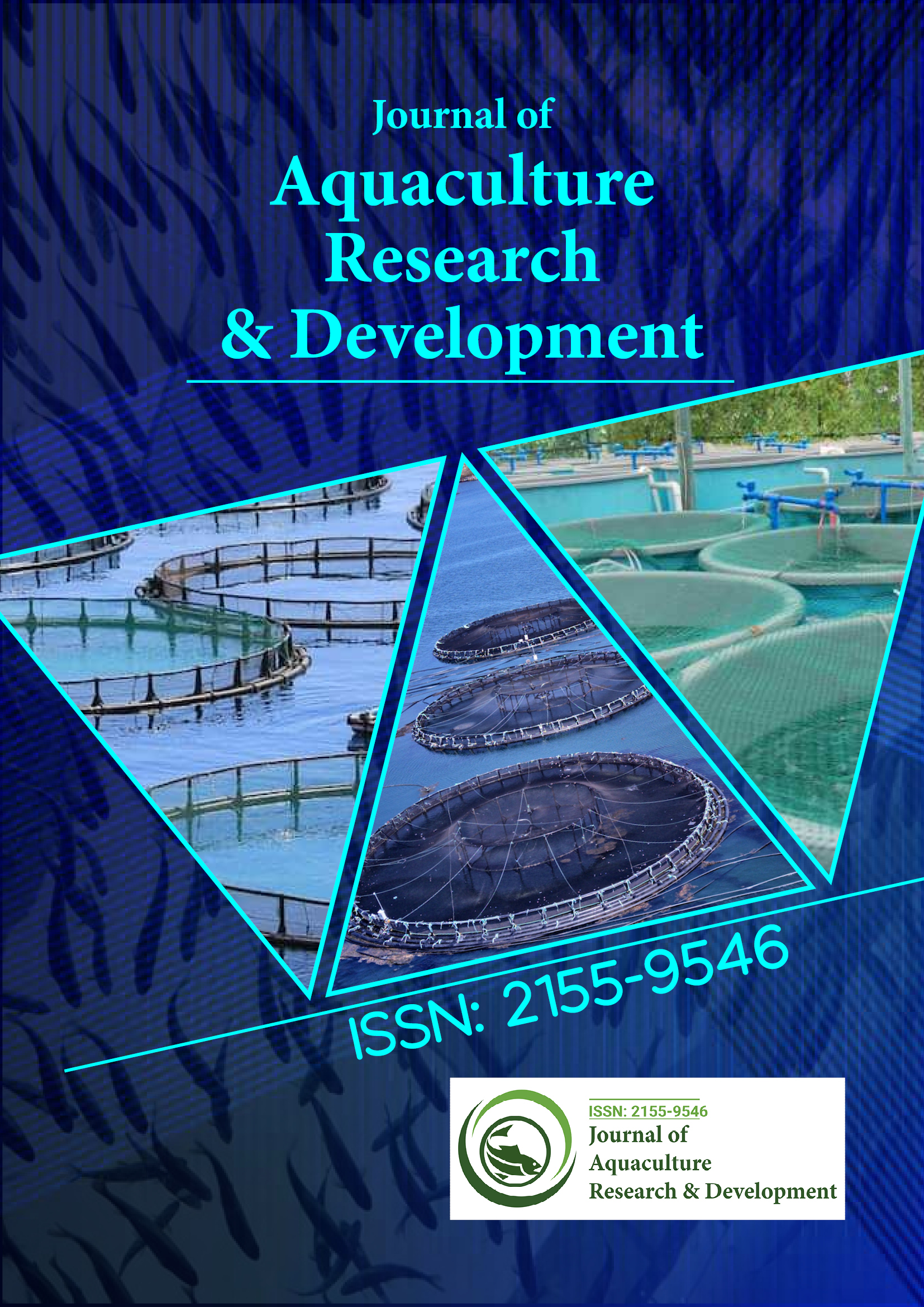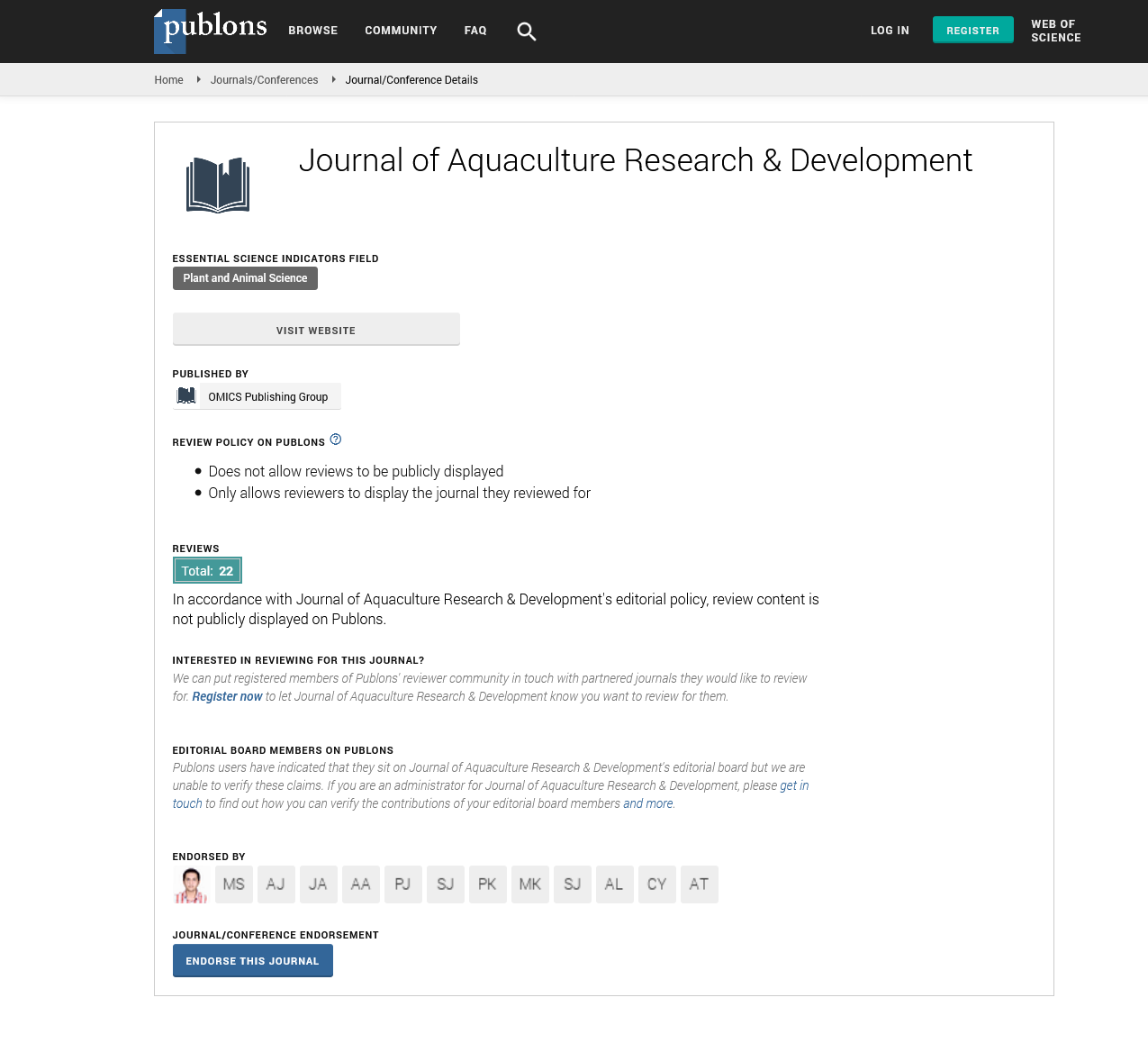Indexed In
- Online Access to Research in the Environment (OARE)
- Open J Gate
- Genamics JournalSeek
- JournalTOCs
- Scimago
- Ulrich's Periodicals Directory
- Access to Global Online Research in Agriculture (AGORA)
- Electronic Journals Library
- Centre for Agriculture and Biosciences International (CABI)
- RefSeek
- Directory of Research Journal Indexing (DRJI)
- Hamdard University
- EBSCO A-Z
- OCLC- WorldCat
- Scholarsteer
- SWB online catalog
- Virtual Library of Biology (vifabio)
- Publons
- MIAR
- University Grants Commission
- Euro Pub
- Google Scholar
Useful Links
Share This Page
Journal Flyer

Open Access Journals
- Agri and Aquaculture
- Biochemistry
- Bioinformatics & Systems Biology
- Business & Management
- Chemistry
- Clinical Sciences
- Engineering
- Food & Nutrition
- General Science
- Genetics & Molecular Biology
- Immunology & Microbiology
- Medical Sciences
- Neuroscience & Psychology
- Nursing & Health Care
- Pharmaceutical Sciences
Opinion Article - (2024) Volume 15, Issue 9
Climate Change and the Growing Epidemic of Marine Pathogens
Guillaume Pratoomyot*Received: 26-Aug-2024, Manuscript No. JARD-24-27061; Editor assigned: 28-Aug-2024, Pre QC No. JARD-24-27061 (PQ); Reviewed: 11-Sep-2024, QC No. JARD-24-27061; Revised: 18-Sep-2024, Manuscript No. JARD-24-27061 (R); Published: 25-Sep-2024, DOI: 10.35248/2155-9546.24.15.911
Description
The world's oceans are experiencing significant changes due to rapid climate change and one of the most essential consequences is the increased susceptibility of marine fish and shellfish to diseases. As ocean temperatures rise and ecosystems are disrupted, pathogens that affect marine life are thriving in new conditions. This phenomenon poses a serious threat not only to biodiversity but also to global fisheries, aquaculture industries and the livelihoods of communities dependent on marine resources. Understanding the connection between climate change and the spread of diseases in marine organisms is critical for protecting the health of marine ecosystems and securing sustainable seafood production.
Marine fish and shellfish play a vital role in maintaining the balance of ocean ecosystems and supporting human economies. Yet, as the climate changes, the environment in which they live is undergoing transformations that directly affect their health. One of the primary consequences of rising sea temperatures is the alteration of the distribution and virulence of pathogens, which can lead to outbreaks of diseases in marine species. Warmer waters create ideal conditions for the proliferation of bacteria, viruses and parasites that cause diseases in fish and shellfish, often pushing these organisms beyond their natural stress limits and reducing their ability to fight infections. These bacteria can cause diseases in fish and shellfish, including vibriosis, which leads to high mortality rates in marine organisms and significant economic losses in the aquaculture industry. Vibrio infections are also linked to human health risks, as contaminated seafood can transmit these pathogens to people, resulting in foodborne illnesses. The increasing frequency of Vibrio outbreaks is directly connected to rising ocean temperatures, making this disease one of the clearest examples of how climate change is exacerbating the spread of marine diseases.
Another major concern is the spread of Harmful Algal Blooms (HABs), which are becoming more common and intense as a result of warming oceans and nutrient pollution. HABs occur when algae grow uncontrollably, often releasing toxins that can poison marine life, especially filter-feeding organisms like shellfish. Shellfish, such as oysters, mussels and clams, are particularly vulnerable to toxins produced by harmful algae, which accumulate in their tissues and can cause Paralytic Shellfish Poisoning (PSP) or Amnesic Shellfish Poisoning (ASP) in humans who consume them. In addition to the direct threat to marine species, HABs have severe economic implications for shellfish fisheries and aquaculture operations, leading to closures of harvesting areas and loss of revenue. Climate change is also altering the salinity and oxygen levels in marine environments, further stressing marine fish and shellfish populations. Ocean acidification, caused by the absorption of excess atmospheric carbon dioxide, is reducing the availability of calcium carbonate, a critical building block for the shells of mollusks and the skeletons of coral and other marine organisms. This weakening of shellfish defenses makes them more susceptible to disease and predation. Simultaneously, deoxygenation, a reduction in oxygen levels in ocean waters, creates hypoxic "dead zones" where marine life struggles to survive. In these low-oxygen environments, fish and shellfish are more vulnerable to infections as their immune systems are compromised.
The rise in diseases affecting marine fish and shellfish due to climate change also poses a threat to aquaculture, a rapidly growing industry that is vital for global food security. As wild fish stocks decline, aquaculture has become an essential means of providing protein to the world's growing population. However, farmed fish and shellfish are highly susceptible to diseases, particularly in crowded conditions where pathogens can spread rapidly. Climate change is compounding these risks by creating conditions that favor the spread of disease in aquaculture systems, leading to greater reliance on antibiotics and other treatments, which can have negative environmental impacts. Beyond the biological and economic consequences, the increase in marine diseases linked to climate change has broader implications for food security and coastal communities. Many coastal regions depend heavily on fisheries and aquaculture for their livelihoods and food supply. The loss of fish and shellfish due to disease outbreaks can lead to reduced catches, higher prices and food shortages, particularly in developing countries where seafood is a primary source of protein. The combined pressures of climate change, overfishing, habitat destruction and disease are pushing many marine ecosystems to the brink and the most vulnerable communities are likely to bear the brunt of these changes.
Efforts to mitigate the impact of climate change on marine diseases must focus on both prevention and adaptation. Reducing greenhouse gas emissions is essential to slow the pace of climate change and limit the extent of warming in the oceans. However, even with ambitious mitigation efforts, some degree of climate change is inevitable and marine ecosystems will need to adapt to these new conditions. Strengthening the resilience of marine fish and shellfish populations through sustainable management practices, habitat restoration and the protection of biodiversity can help mitigate the effects of disease outbreaks. In the aquaculture sector, improvements in water quality management, disease monitoring and breeding for diseaseresistant species are critical steps in reducing the vulnerability of farmed fish and shellfish to climate-related diseases. Additionally, international cooperation and sharing of best practices will be essential in addressing the global nature of marine diseases and ensuring that both wild fisheries and aquaculture can continue to provide food and livelihoods in a changing climate.
Citation: Pratoomyot G (2024). Climate Change and the Growing Epidemic of Marine Pathogens. J Aquac Res Dev. 15:911.
Copyright: © 2024 Pratoomyot G. This is an open-access article distributed under the terms of the Creative Commons Attribution License, which permits unrestricted use, distribution, and reproduction in any medium, provided the original author and source are credited.

